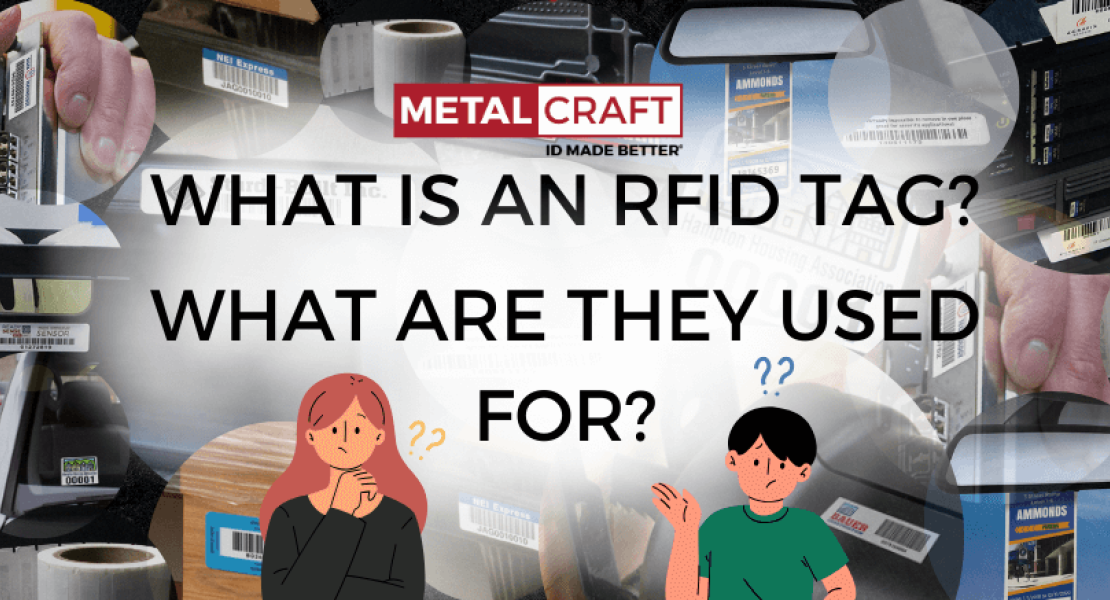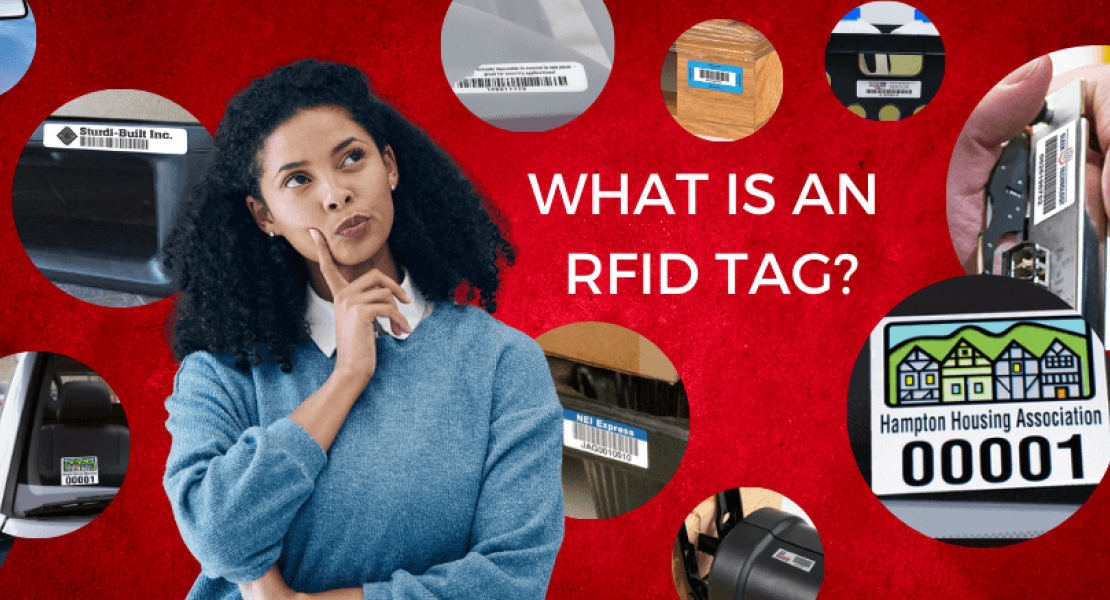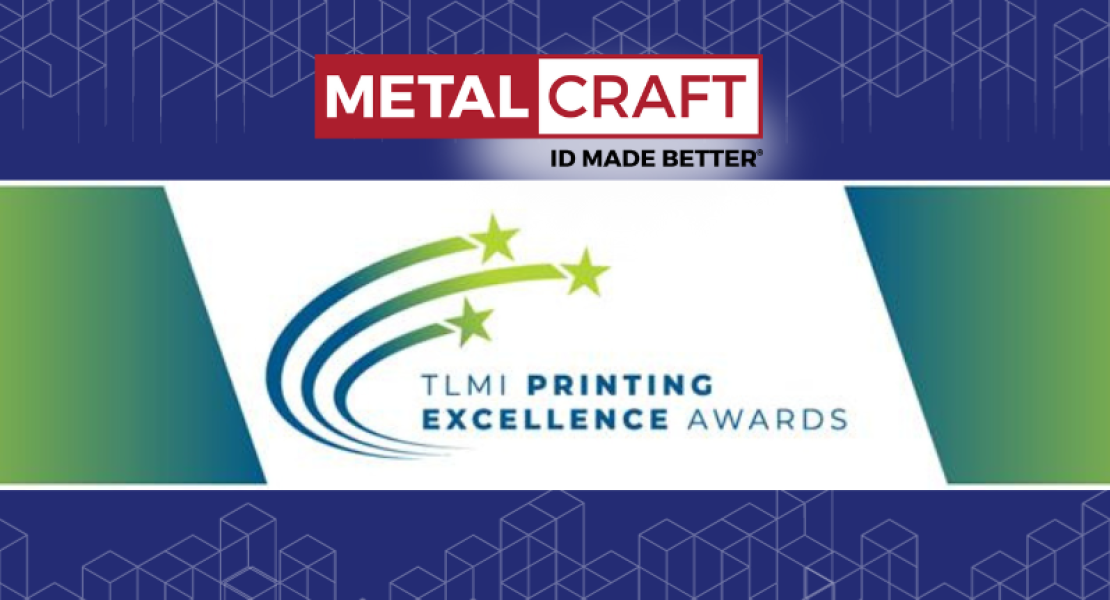Looking for the latest information on Radio Frequency Identification (RFID)? Or maybe you have questions on a specific application. Either way, the Metalcraft Asset Tracking Blog has got you covered. This valuable resource contains helpful articles and answers to questions posed by customers just like you trying to solve their toughest identifying and tracking problems.
With over 70 years of experience, we’ve accumulated massive amounts of education information to help customers better understand the importance of implementing an asset tracking system that works specifically for their application. Sharing knowledge to help advance the industry – that’s ID Made Better®.
Check out our categories of blogs or use our search to find what you’re looking for.
In Metalcraft Asset Tracking Blogs, you will find:
- Helpful tips on different project Implementations
- Information of new Metalcraft products
- Insight into different tracking technologies i.e, barcode and RFID
- Detailed product comparisons and guidance on when to use which prouct
- Educational Industry Information









